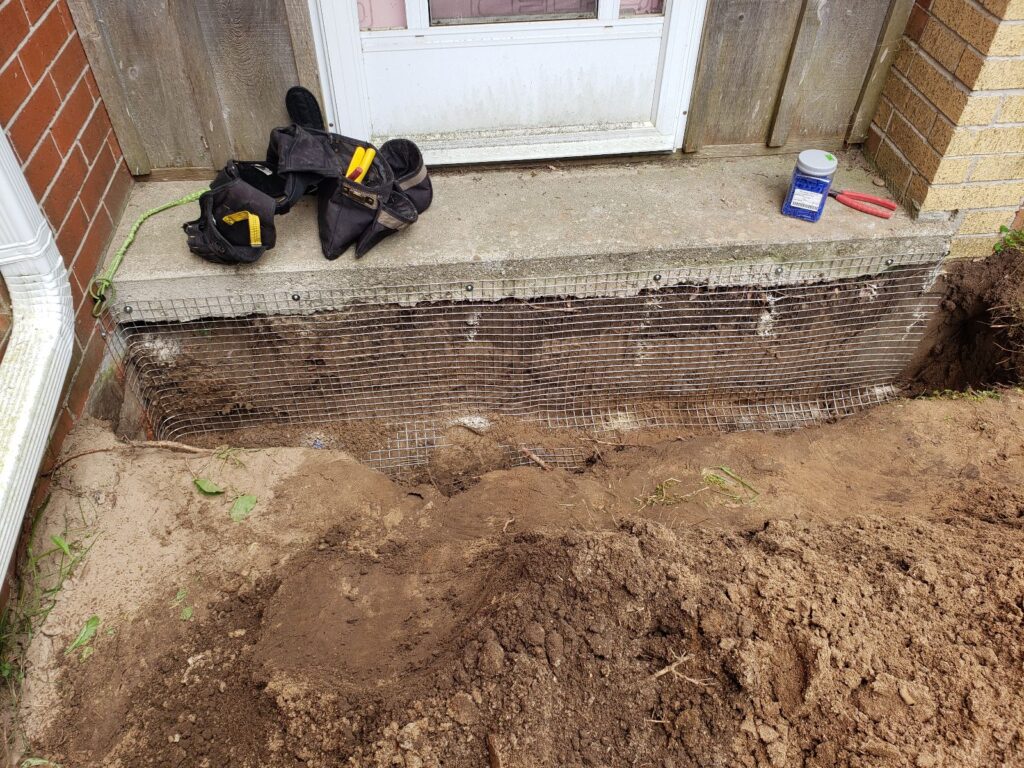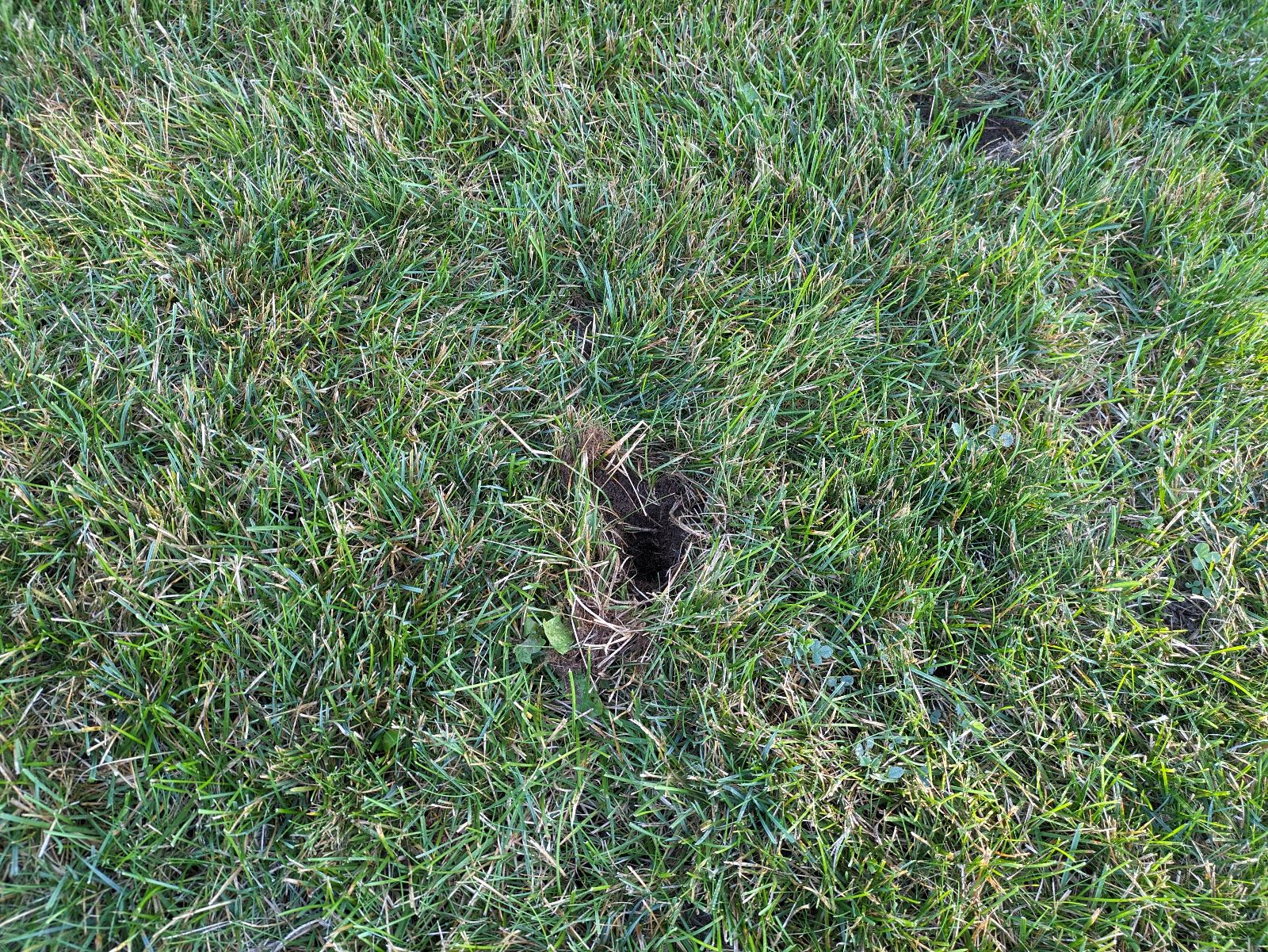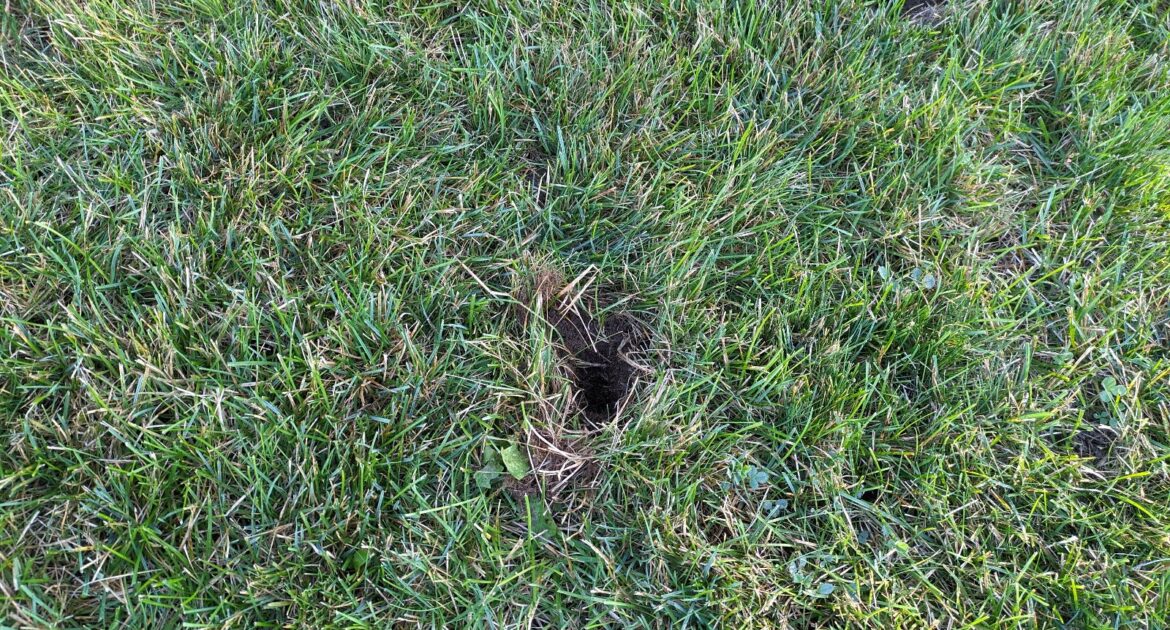Wildlife sightings in your home can be both unsettling and hazardous. Cages, traps, and other humane methods of animal removal aren’t always effective or practical. Skunks, raccoons, squirrels, and other wild animals are common in Milwaukee and often seek out shelter in homes. If you’re dealing with an infestation and need to get rid of skunks or other animals in your home, many effective strategies don’t involve relocation or harm to the animal.
In this blog, our Skedaddle Humane Wildlife Control experts explore how to identify if you have a wildlife issue in your home and share tips and tricks for how to get animals out of your house. Additionally, we’ll discuss preventative measures to properly seal your home to avoid future incidents. With the correct methods in place, you can solve your wildlife issue and avoid future visitors in your space.
Understanding Skunk and Rodent Behavior: Know Your Unwanted Guests
Skunks and rodents are notorious for seeking out warm, secure environments, which, unfortunately, often end up being our homes. These animals, known for their adaptability, can turn attics, basements, garages, and even wall cavities into potential nesting spots. Understanding their habits and identifying signs of their presence is crucial in dealing with them effectively.
Skunk Patterns
Skunks tend to be most active during dusk and dawn, although they might move about during the day or night in search of food. While they typically avoid human contact, the following signs might indicate a skunk situation in your home:
- Damage to landscaping: Skunks are diggers and often leave small, cone-shaped holes in your yard while hunting for grubs and insects.
- Distinct odor: A whiff of the famed skunk spray in your home is a telltale sign of their presence.
- Tracks: Skunks have five toes and their footprints appear similar to a small human handprint.
Rodent Patterns
Rodents, on the other hand, tend to be more covert in their behavior. Mice and rats are primarily nocturnal, so you may notice their activity more during the night. Common signs of their presence include:
- Droppings: Rodent feces are commonly found in the areas they frequent like pantries, cabinets, closets, and spaces under sinks.
- Gnawing: Whether it’s food packaging, electrical wires, or furniture, rodents can leave behind clear signs of their gnawing behavior.
- Scurrying noises: Hearing scurrying sounds, especially at night, can indicate a possible rodent infestation.
Understanding the Risks: Skunks and Rodents as Carriers of Diseases
One of the primary reasons homeowners are urged to promptly deal with skunks and rodents is the risk they pose to human health. These animals are known carriers of several diseases that can be hazardous, and in some cases, fatal to humans and pets. Knowledge of these risks can facilitate a better understanding of why prompt action is necessary.
Dangers of Skunk Intrusion
While skunks are not aggressive by nature, they can carry diseases that are harmful to humans. Among these are:
- Rabies: Skunks are one of the most common carriers of rabies. This viral disease affects the central nervous system and can be fatal if not treated promptly.
- Leptospirosis: This bacterial disease can cause fever, vomiting, and kidney damage. Humans can get infected through direct contact or by consuming food or water contaminated with skunk urine.
- Parasites: Skunks can carry fleas, ticks, and other parasites that can transmit diseases to humans and pets.
Risks Associated with Rodents
Rodents such as rats and mice are known vectors of diseases. Some of these include:
- Hantavirus: This virus, primarily spread by deer mice, can lead to a severe and sometimes fatal respiratory disease in humans.
- Salmonellosis: A type of food poisoning that can occur when rodents contaminate food with their droppings.
- Bubonic plague: This disease, while rare today, can still be transmitted by fleas from rodents to humans, causing fever, chills, and swollen lymph nodes.
Furthermore, both skunks and rodents can cause significant property damage. Skunks can wreak havoc on your lawn and garden in search of food, while rodents can chew through wires and insulation, introducing a risk of fires.
It is vital to address these intruders swiftly to safeguard both your family’s health and your property.
Determining the Entry Points: Where do Skunks and Rodents Come in?
Discovering where skunks and rodents are entering your home is an essential step toward wildlife control. These animals tend to exploit weak points in the exterior of a building, from poorly secured vents to gaps and holes in the walls and foundation.
Finding Skunk Entry Points
Skunks typically inhabit spaces that are dark, undisturbed, and easily accessible. They are superb diggers and may burrow under your home or deck, exploiting existing gaps as access points. Things to look out for include:
- Depressions or holes near the foundation: These could indicate digging activity.
- Tracks: Skunk footprints around your property may show where they’re coming and going.
- Odor: Persistent or recurring skunk smell can suggest regular activity in certain areas.
Spotting Rodent Entry Points
Rodents are masters of sneaking into homes through the smallest of openings. Mice can squeeze through a hole as small as a dime, while rats need just a quarter-sized gap. Be on the lookout for:
- Mouse or rat droppings: These are telltale signs of where rodents move and can highlight entry points.
- Gnaw marks and rub marks: Small holes or gnawed areas, especially along walls and baseboards, can signal rodent activity. Rats also leave dark rub marks due to the oil in their fur.
- Noises: Scratching or scurrying noises, particularly at night, can indicate the presence of rodents in your attic, walls, or under floors.
Proactive Home Inspection
It is highly beneficial to conduct proactive home inspections to find potential skunk and rodent entry points. Check your perimeter regularly for signs of wildlife, paying attention to vent covers, exhaust fans, window wells, and doors. Any opening or crack larger than 1/4 inch is enough for a small animal to squeeze through. Don’t overlook the roof; eaves, roofing gaps, and chimneys can provide access to attics where rodents often nest.
Last but not least, remember that wildlife control is not just about reacting to existing issues, it’s about prevention – ensuring your home remains a place for you and your family, not for unwanted guests from the wild.

Call Skedaddle for Rodent Control and Skunk Removal in Milwaukee
While knowledge about avoidance and prevention is vital, when you’re already dealing with skunks or rodents in your home, quick and effective action becomes crucial. At Skedaddle, we understand your concern and are dedicated to promptly alleviating any wildlife-related discomfort or anxiety.
Our Commitment
We take up the task of wildlife control very seriously, understanding the risks you face with these unwanted guests in your home. If skunks or rodents have already made your home their shelter, don’t fret. We can help.
Our experienced team is equipped with the tools and skills required to effectively rid your home of skunks and rodents, ensuring the safety of your loved ones and property.
Humane Skunk Removal and Rodent Control
Our process doesn’t just involve eradication but is aimed at long-term solutions. We practice humane wildlife removal, ensuring the safe extraction of skunks and rodents from your property and making sure they don’t return. This method eliminates the need for harmful chemicals or treatments and gives homeowners peace of mind.
Preventive Measures at Home
In addition to removing these animals, we will also assist you in learning about preventive measures you can take to keep them from returning. These steps could involve improving home sealing methods, changing to rodent-resistant trash cans, or modifying landscaping techniques.
We believe in empowering homeowners with the knowledge and tools they need to keep their homes secure and wildlife-free for the future.
Skedaddle: The Solution To Your Wildlife Control Needs
Don’t let skunks and rodents rob you of the comfort and safety of your home. Our team will provide swift, effective, and humane solutions to your concerns. Year-round availability and a firm commitment to customer satisfaction make us your ideal choice for wildlife control. So, reach out to us today and take back control of your habitat.




